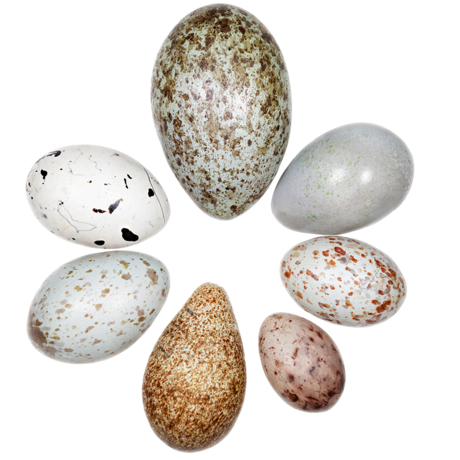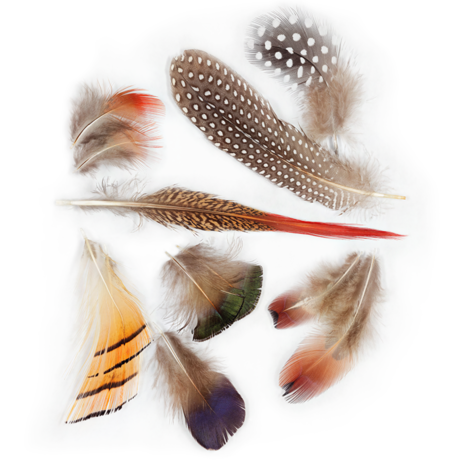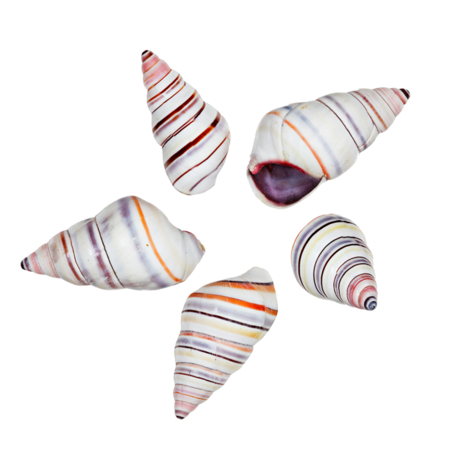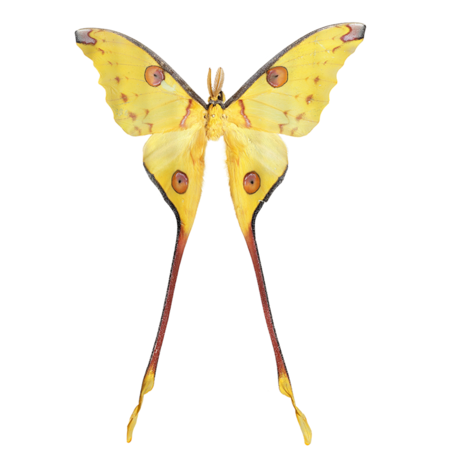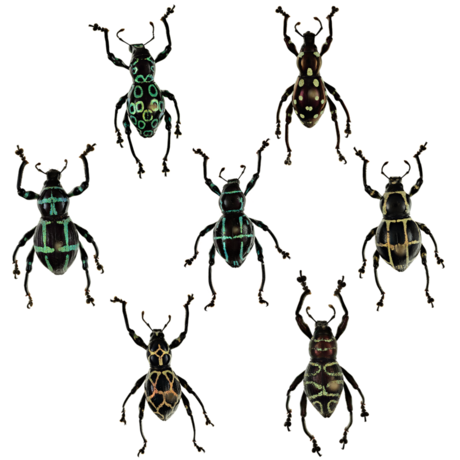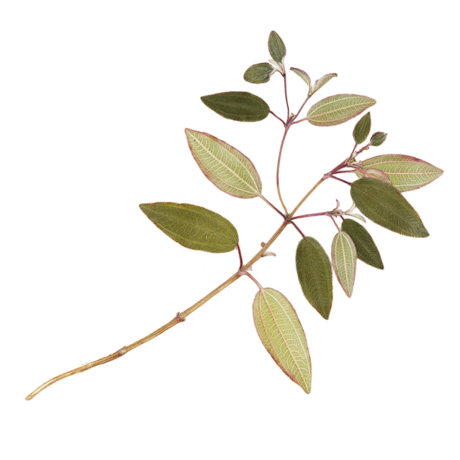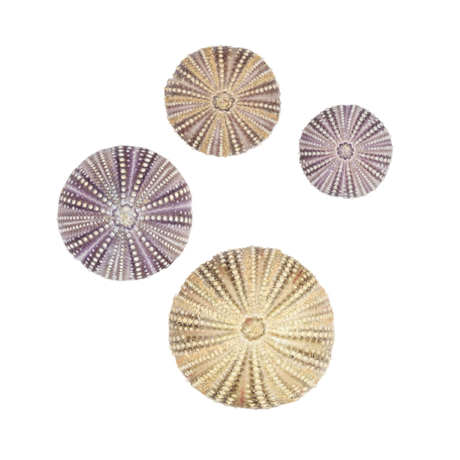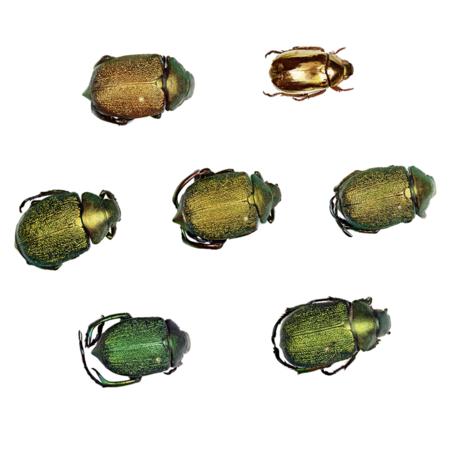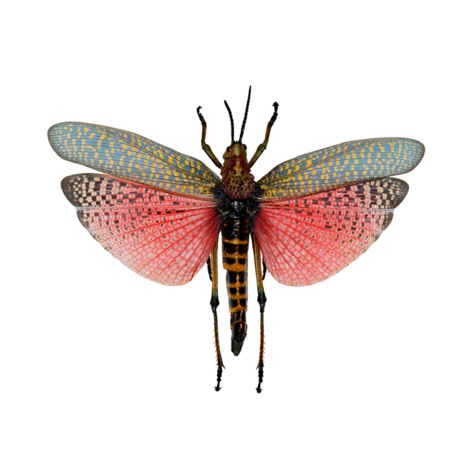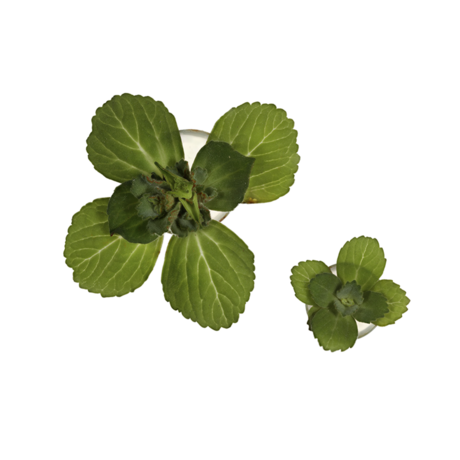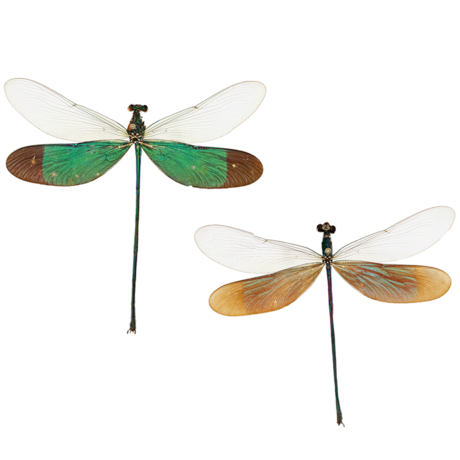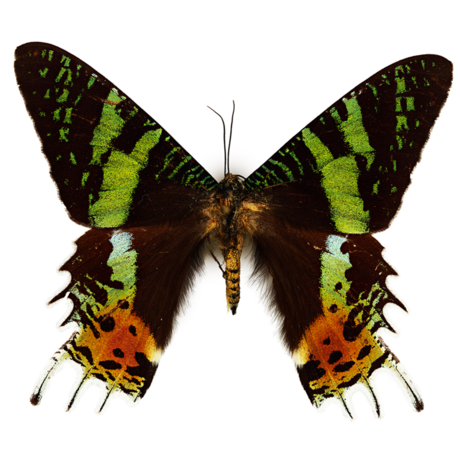The multi-colored beauty of bird eggs comes from two pigments. The palette is simple, but its purpose is complex.
Magnify the surface of a leaf, feather, or shell, and a colorful landscape comes into view. Leaves reveal a textured terrain in shades of green, orange, and pink, while microscopic hairs shoot out like tiny spears. Patterns on a weevil’s body are composed of pixel-like opalescent scales. Up close, life’s colors can be surprisingly intricate and complex.
Featured Specimens
These vivid feathers don’t get much use in flight, but their bright hues help male birds successfully attract mates.
As they grow, these colorful Caribbean land snails add spirals of color along the open edges of their shells.
Look closely at the comet moth’s eyespots—they’re intricate studies in color, and critical to the moth’s defenses.
When magnified, the brilliant, metallic patterns of Easter egg weevils are a masterpiece of tiny, glittering discs.
Zoom in and you’ll see a dense coat of fine hairs covering these leaves. Like fuzzy armor, they may ward off predators.
These intricate and colorful shapes look like the work of an artist, but they once belonged to living green sea urchins.
These beetles dazzle with iridescent shells. Each individual helps us understand a species as a whole.
The riotous colors of this locust’s body warn predators that it’s toxic. When threatened, it exudes a poisonous froth.
Tiny orange glands on the bottom of this plant’s leaves release a pungent aroma that may help fend off insect attacks.
A male stream glory damselfly’s eye-catching green wings aren’t just decorative. His vibrant color helps him woo mates.
The sunset moth is as brilliantly colored as a butterfly. Explore the tiny scales that give this moth its radiant hues.
